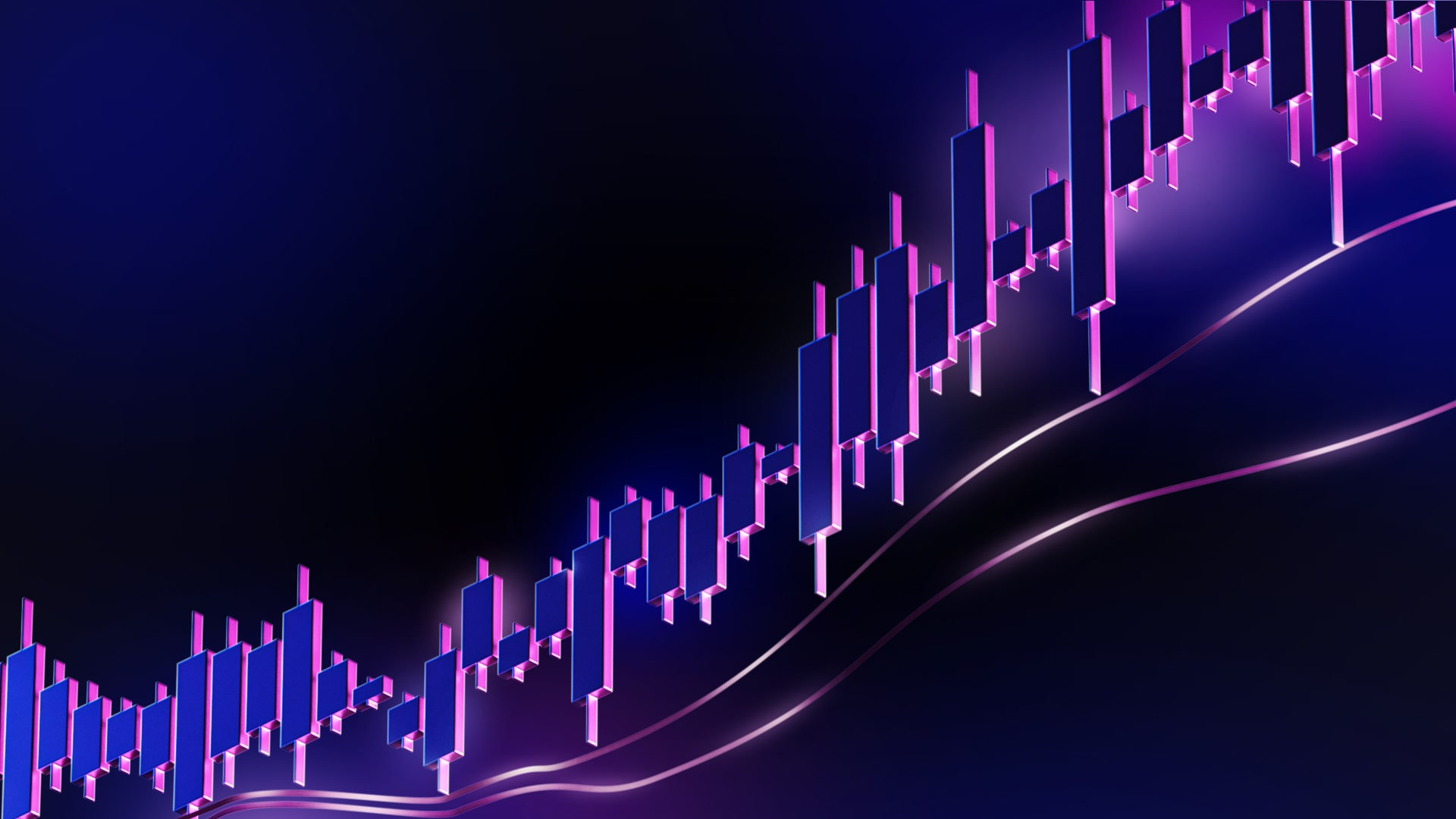Trading 101: Understanding Leveraged Trading
Cryptocurrencies are renowned for being one of the most volatile “asset” classes globally. But what exactly does it mean when we say an asset is volatile? In simple terms, a volatile asset experiences rapid and frequent price fluctuations over a specific period.
This volatility tends to appeal to a specific type of investor known as a risk seeker, who is drawn to the potential for higher returns. However, it’s important to bear in mind that while higher volatility can indeed lead to increased profits, it also exposes traders to elevated levels of risk.
The Essence of Volatility: Explaining Cryptocurrencies as a Volatile Asset Class
Cryptocurrencies are renowned for their extreme volatility, characterized by rapid and frequent price fluctuations over time. This high volatility attracts a specific type of investor often referred to as a risk seeker. While higher volatility can lead to higher returns, it also exposes traders to greater levels of risk.
Exploring Margin Trading in Crypto
When it comes to trading, volatility goes beyond the asset class itself. The perceived risk of a trade is often tied to the use of leverage. Leverage trading allows traders to amplify potential profits, but it comes with significant risks if not used responsibly. Improper use of leverage can lead to substantial losses, catching traders off guard.
Understanding Margin Trading and Perpetual Future Contracts
Margin trading allows investors to buy assets partially with their funds and partially through borrowed funds from a bank, broker, or market-maker. This approach enables traders to engage in higher-capacity trades without owning the entire underlying asset.
Leverage: The Double-Edged Sword
Leverage is a key aspect of margin trading. By using leverage, traders can control larger positions with a smaller initial investment, potentially magnifying gains. However, it also increases the exposure to losses, as losses can escalate quickly and may result in the liquidation of the position.
Margin Trading with Different Cryptocurrencies as Collateral
Margin trading can be done using various cryptocurrencies as collateral, such as BTC, XRP, or others. When the market experiences an uptrend, using crypto as collateral can be beneficial, as both the collateral’s value and the worth of the lent assets increase. However, short positions may not be as fruitful in a declining market, as the value of the underlying cryptocurrency decreases.
Long Positions: Profiting from Price Appreciation
In futures contracts, a long position aims to profit from price appreciation, while a short position seeks to generate a profit from price depreciation. Both long and short leveraged positions can be used to hedge against market fluctuations, protecting a trader’s portfolio.
Risks and Precautions in Leverage Trading
Despite the potential for higher returns, trading with leverage carries significant risks. Getting liquidated is a major concern, as volatile price movements can trigger the loss of the entire investment. Emotions also play a critical role, as the rollercoaster of price movements can lead to impulsive decisions and addiction to trading.
Developing a Sound Trading Strategy
To mitigate risks, traders should create a well-thought-out trading plan with predefined rules, such as risk tolerance, position sizing, and entry/exit points. By adhering to a sound trading strategy and exercising caution, traders can navigate the world of leverage trading more effectively.




